Kingdom Animalia Order Gasterosteiformes Genus Hippocampus Higher classification Seahorse | Phylum Chordata Family Syngnathidae Scientific name Hippocampus ingens Rank Species | |
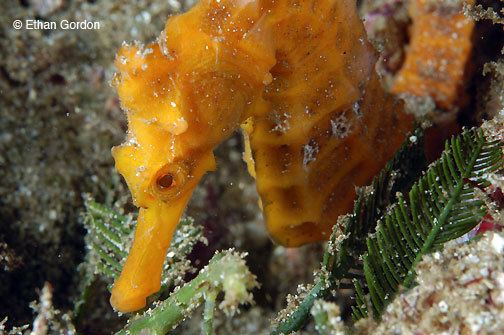 | ||
Similar Seahorse, Syngnathidae, Lined seahorse, Big‑belly seahorse, Slender seahorse | ||
Pacific seahorse feeding frenzy
The Pacific seahorse (Hippocampus ingens) is a species of fish in the Syngnathidae family. It is found in Colombia, Costa Rica, Ecuador, El Salvador, Guatemala, Mexico, Panama, Peru, and the United States. Its natural habitat is coral reefs. It is threatened by habitat loss. The genus name is derived from the Greek.
Contents
- Pacific seahorse feeding frenzy
- Pacific seahorse longnose puffer and more california muck diving redondo beach
- Appearance
- World range and habitat
- Feeding behavior ecology
- Life history
- References
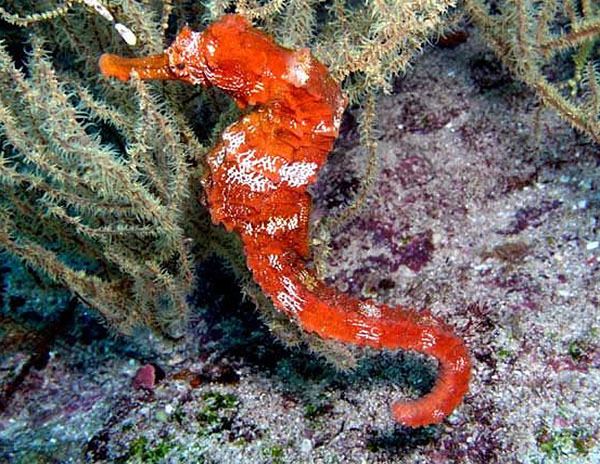
Pacific seahorse longnose puffer and more california muck diving redondo beach
Appearance

World range and habitat
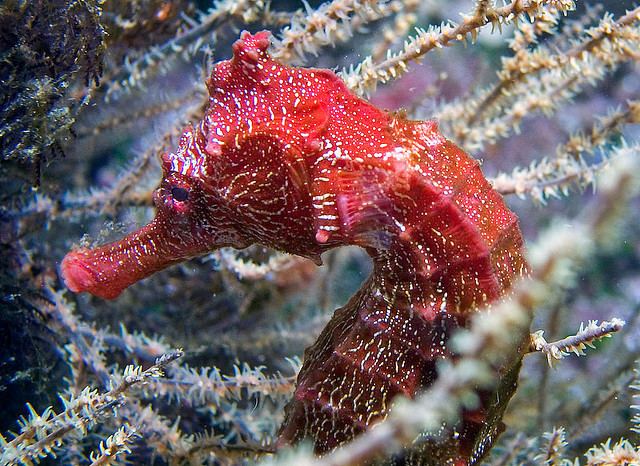
The Pacific seahorse is found in the Pacific Ocean from Newport Beach, California, (USA) to Peru including the Galápagos Islands. It is active during the day and night. It is found in offshore waters, at depths of 2m to 30m and is occasionally caught at the surface. They are often camouflaged within brown algae or the branches of gorgonians and black coral trees where they are seen to curl their tail around the branches. They have been found in the stomachs of Pacific Yellowfin tuna and Bluefin tuna.
Feeding behavior (ecology)
Seahorses feed on bottom-swarming organisms such as mysids and other plankton.
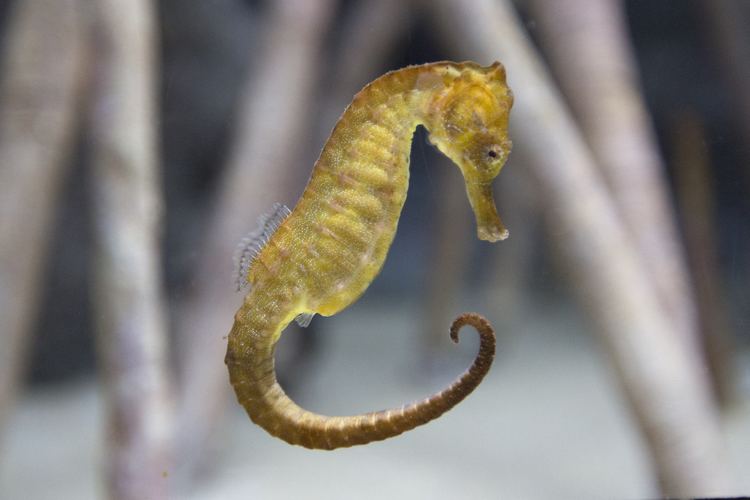
Mysids are very small (seldom exceeding 30 mm in length) shrimp-like crustaceans which can be found throughout the oceanic water column and are also found in freshwater environments as well. Some mysids feed on small particles which they collect by grooming their body surface, whereas others are predacious on other zooplankton. Some mysids are scavengers. Marine mysids often are found in large swarms and are an important part of many fish diets. Mysids are also called "opossum shrimp", because of the brood pouch present in all mature females.

Mysids at present include more than 1,000 species, widespread over all the continents, inhabiting coastal and open sea waters, as well as continental fresh waters, several taxa occurring also in different groundwater habitats and in anchialine caves.
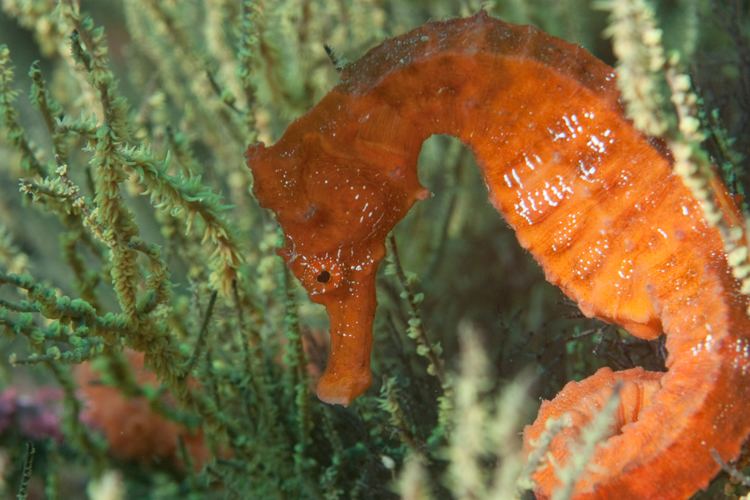
Seahorses lack teeth and stomachs. Prey is consumed by sucking it through their bony snout with a rapid snap of the head.
Life history
In seahorses, the female uses her ovipositor to deposit her eggs in the male's brood pouch where they are fertilized and remain until hatched. After a period of time, varying from ten days to six weeks, depending on the species and water temperature, the male gives birth to hundreds of live, tiny, seahorses, which are miniature replicas of the adults. Mode: dioecism, fertilization: in brood pouch or similar structure, and gestation period is 14–15 days depending on temperature.
